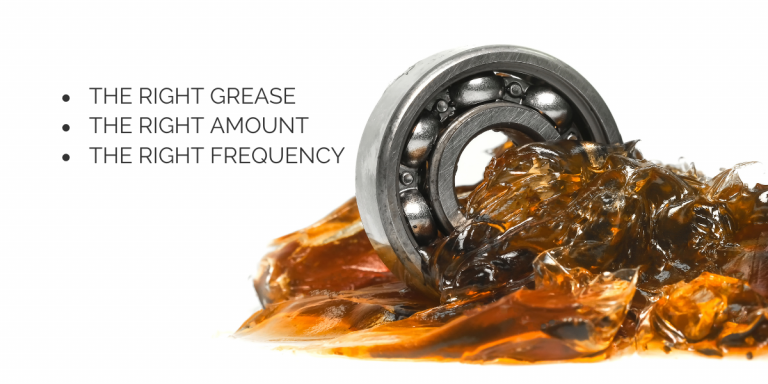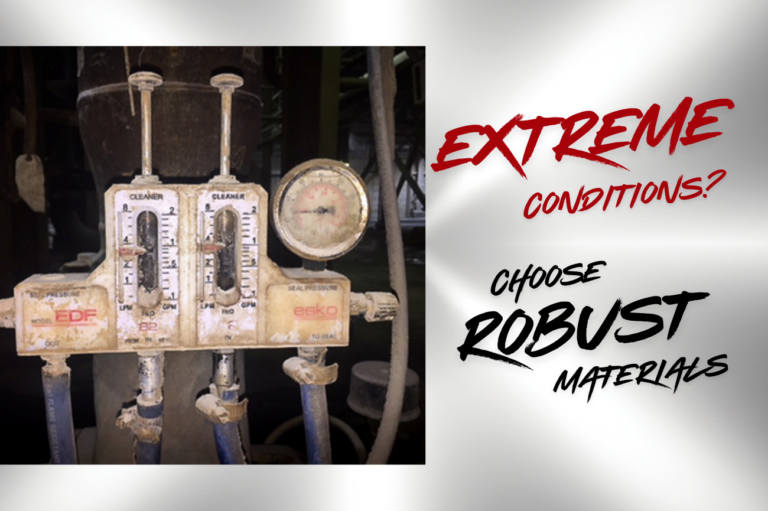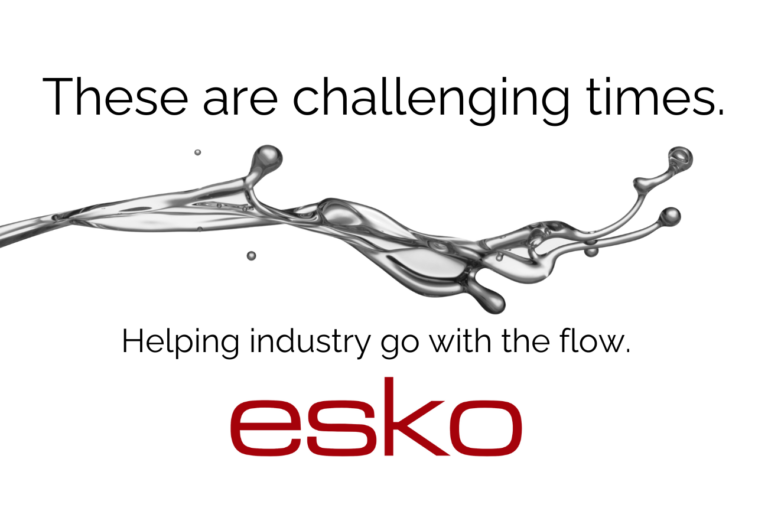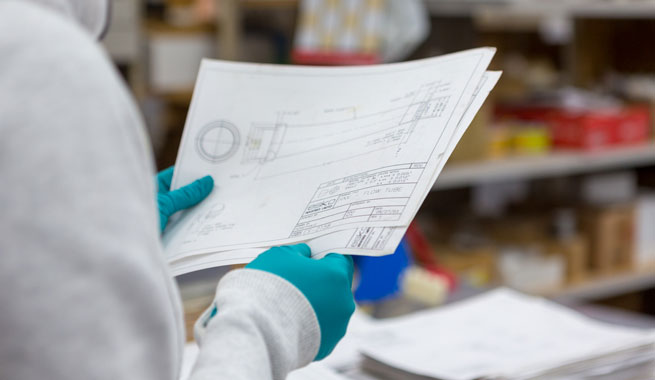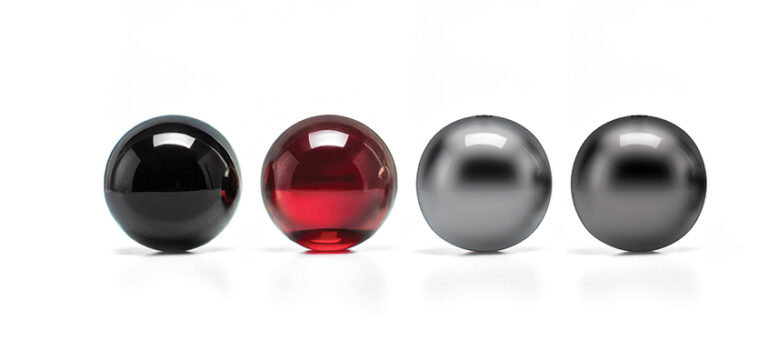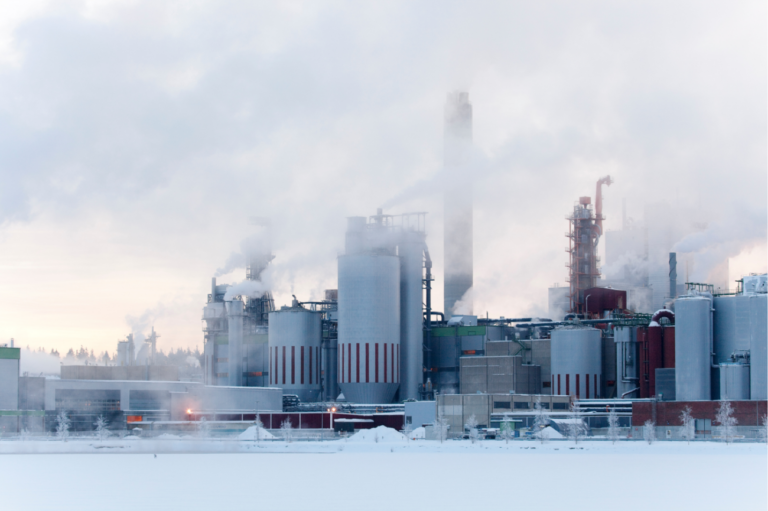Keep Flow Constant with a CFR
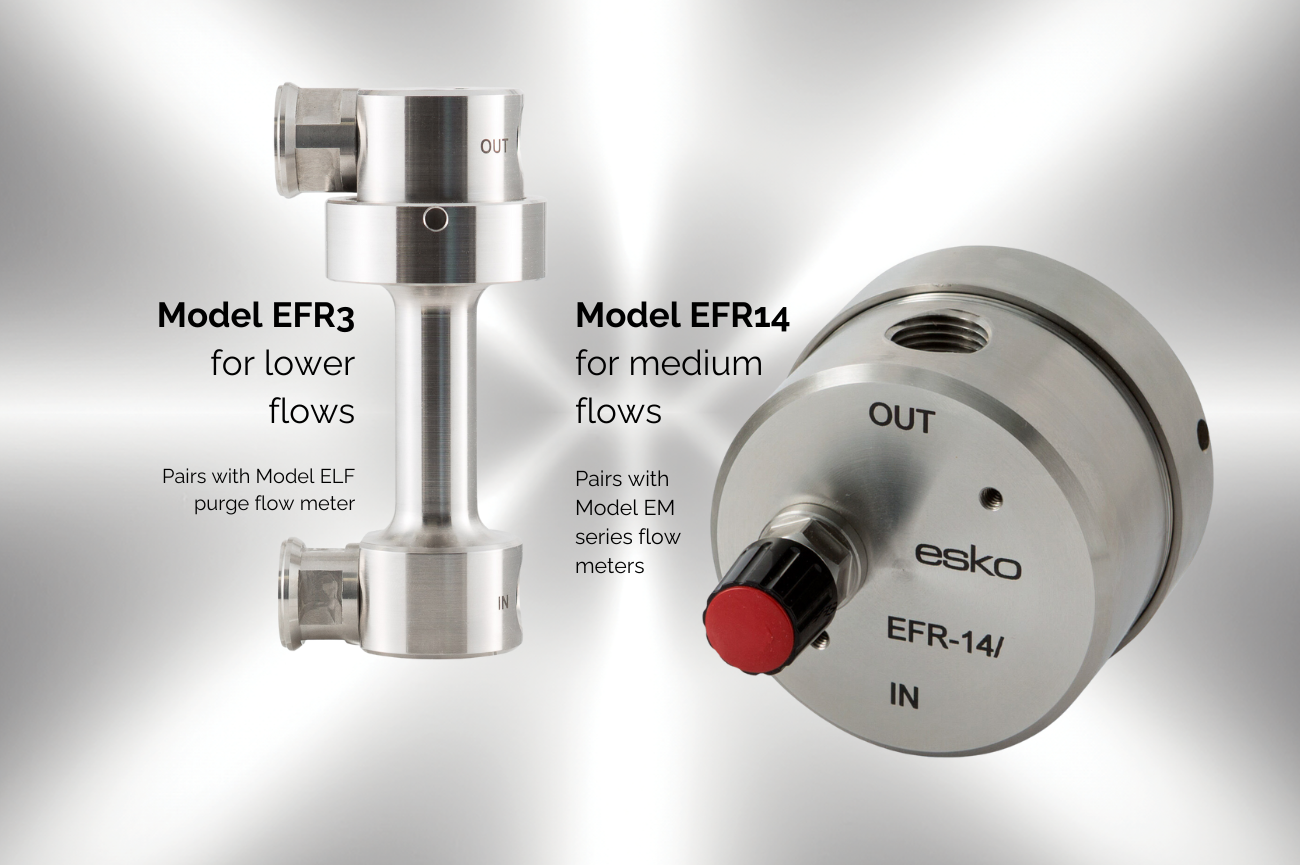
Flow variability can have a significant impact on processes and machinery health.
Supply pressure, back pressure, and process pressure variations can all cause flow variations. Keeping flow constant with Constant Flow Regulators (CFRs) can help maximize plant efficiency, save energy, and save money too.
Adding a constant flow regulator to in-line flow meters can reliably stabilize flow in applications where supply or back pressure varies. CFRs provide a constant flow of liquids or gases, regardless of pressure variations.
How CFRs work
Variations in supply often occur in low liquid flow applications where supply or back pressure varies and in gas flows where back pressure varies. A CFR will keep the pressure differential across a valve constant. Keeping the pressure differential constant keeps the flow constant.
“A CFR regulates flow by maintaining pressure differential.”
Flow regulation is achieved by attaching a membrane-type differential pressure controller to a compact variable-area flow meter. For medium flow volumes, CFRs with a built-in needle valve add a flow rate adjustment option. Note that a minimal pressure differential is required for the CFR to function properly for very low flows.
Typical CFR Applications
1. Bubble Tube Level Measurement
Tank level measurement for bubble flow technology using purge flow meters, as illustrated in Figure 1. A bubble tube (with air flow) is installed from the top of the tank down to near the bottom of the bank. The hydrostatic pressure of the liquid in the tank essentially provides the measurement. To achieve measurement, the bubble tube must remain full of air, not the liquid being measured.
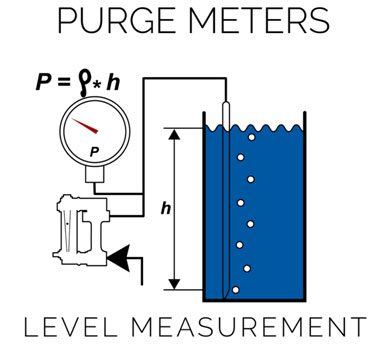
In this application, tall tanks containing liquid need constant flow regulators to keep the bubble tube purged with a constant rate of air flow. The same principle applies when density is measured with bubble tubes in applications where total head varies significantly.
2. Bubble Tube Density Measurement
Density measurement of tank contents uses two bubble tubes as shown in Figure 2. Given that the tips of the tubes in the tank are a known distance apart, the pressure differential between those two tube tips is proportional to the specific gravity of the liquid being measured. In this type of measurement, the air purge rate is again critical. If one tube is purging at a higher rate than the other, the pressure differential measured is a proportion of specific gravity and supply pressure at the measuring point. A pressure differential CFR normalizes the purge rates.
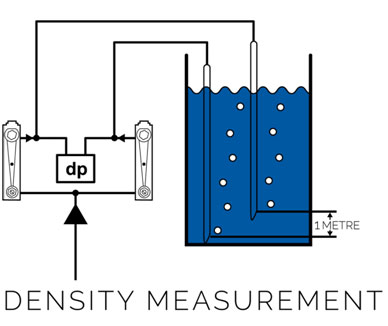
3. Pressurized Instrument Enclosures and Cable Pressurization
Pressurized instrument enclosures ensure that sensitive instruments operate in a clean environment and prevent corrosive gases or liquids from entering the enclosure. A CFR can maintain a steady flow of clean air into the enclosure.
Cable pressurization reduces the possibility of standing water accumulating in enclosed cable conduits. A CFR can maintain a steady minimal air pressure to prevent water buildup and minimize corrosion or other damage.
4. Gland Water Applications/Batch Digesters
In pumps with large back pressure variations, seal water supply into a mechanical seal or stuffing box can vary. A stuffing box assembly is with a gland seal prevents leakage of fluid between turning parts of machine elements.
A typical example is a batch digester. When cooking starts, a liquor circulation pump only has hydrostatic pressure. Without a constant flow regulator, the flow of water into the seal or stuffing box can be very high. As cooking continues and pressure builds, back pressure and hydrostatic pressure increase, significantly reducing the flow. This application provides constant seal water into the pump seals to optimize water use.
5. Orifice Plate/Differential Pressure (DP) Cell Flow Measurement
Orifice plates restrict or control the flow of various process fluids. In this application example, Figure 3, constant water purge into the orifice plate connections is necessary for accuracy of flow measurement. Varying supply pressure or clogging of the pressure connection affects pressure. With manual adjustments, daily or even more frequent checks may be necessary to keep the purge flow constant. Utilizing CFRs automates control of purge flow.
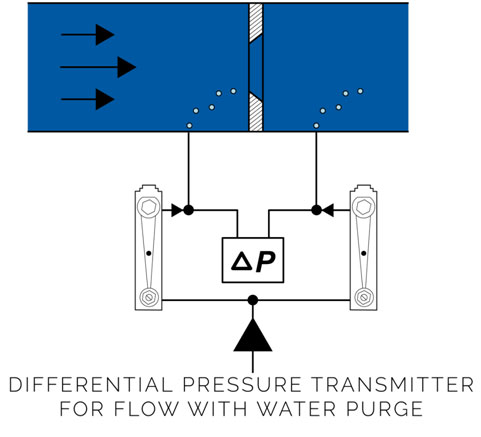
Taking Control with CFR’s – Questions to consider
“Could taking control of inflows or outflows stabilize the process?”
“Could stable flows help protect machinery?”
If the answer is YES, then CFRs can provide numerous benefits, including:
- increased process uptime
- water savings
- minimizing wastewater
- savings on maintenance and equipment costs
A CFR is usually easy to add where small to medium flow meters are already installed, but CFRs can also be installed without a flow meter/monitor.
The most common applications of flow meters paired with CFRs in pulp and paper processing include:
- seal water/cooling water
- tank level and density measurement
- orifice plate flow measurement
- solvent/additive inflows
- batching liquids
- moisture control
- air purging
Choosing the Right CFR
Sourcing well-designed and constructed CFRs will prevent interruptions and protect equipment, even where large pressure differentials occur.
ESKO CFRs are manufactured from robust stainless steel to provide longer life and reliability. ESKO CFRs are designed to be compatible with ESKO-manufactured variable area flow meters of corresponding flow ranges. The body of the unit, the diaphragm, and the O-ring seal materials are all designed to withstand continuous use in harsh conditions.
If you are considering the addition of CFRs to stabilize liquid or air flows, consult one of our experts.
ESKO Pacific manufactures CFRs in two sizes: the compact EFR3, for flows up to 3 liters/minute and the heavy-duty EFR14, for flows up to 20 liters/minute.
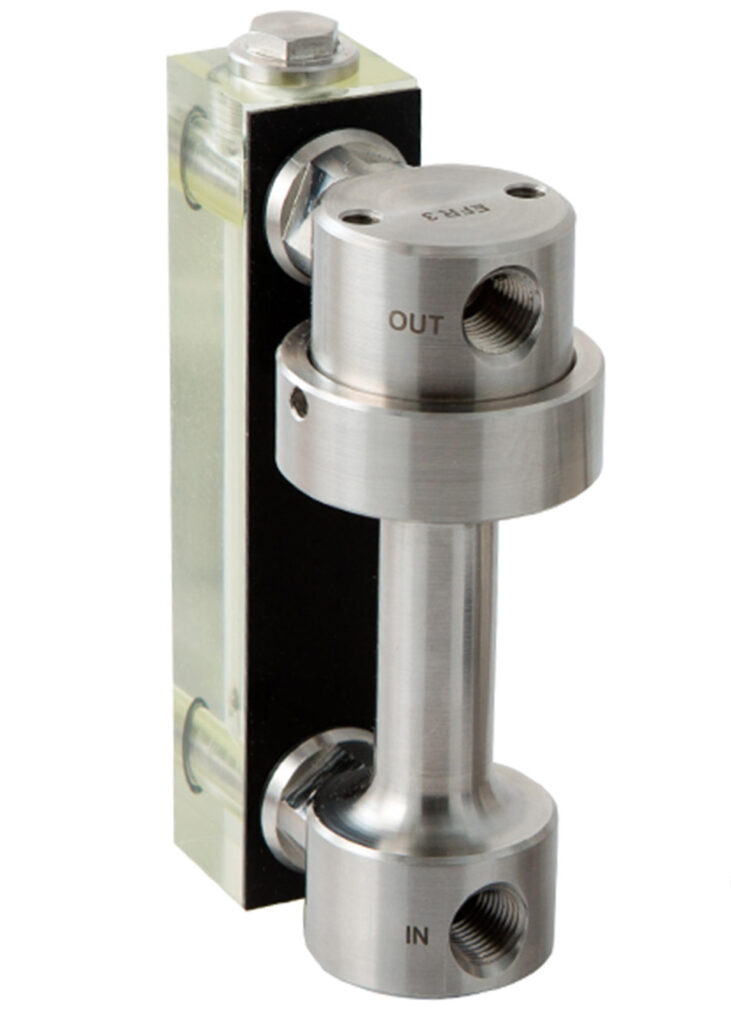
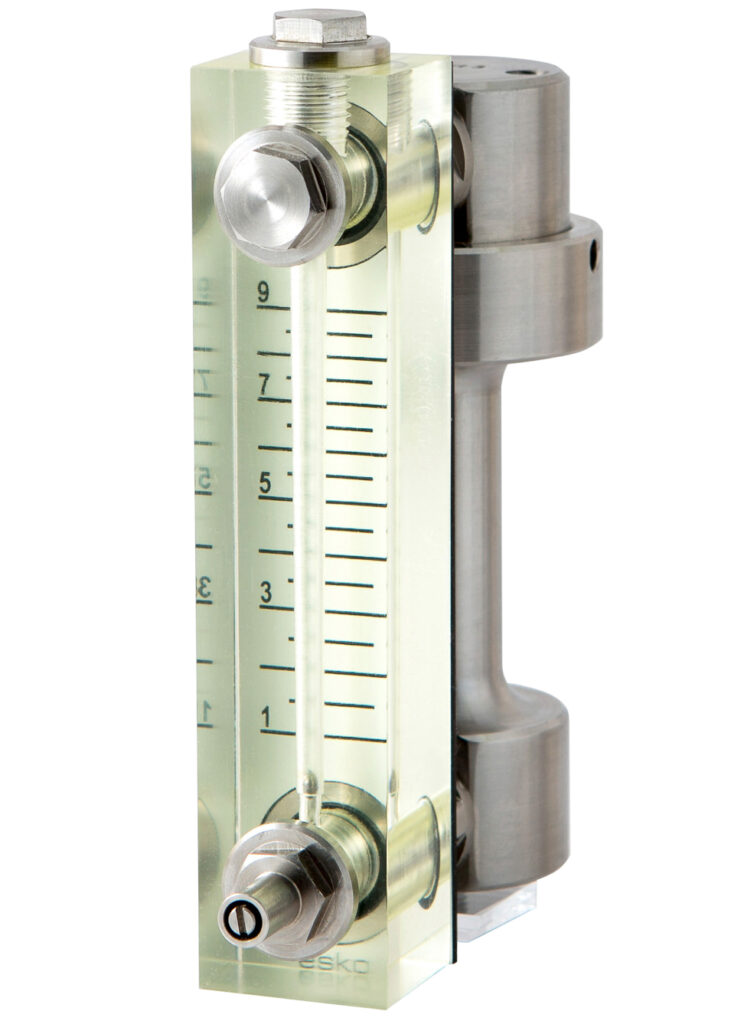
More details on Model EFR3 Constant Flow Regulators for Low Flows/Purge Flows
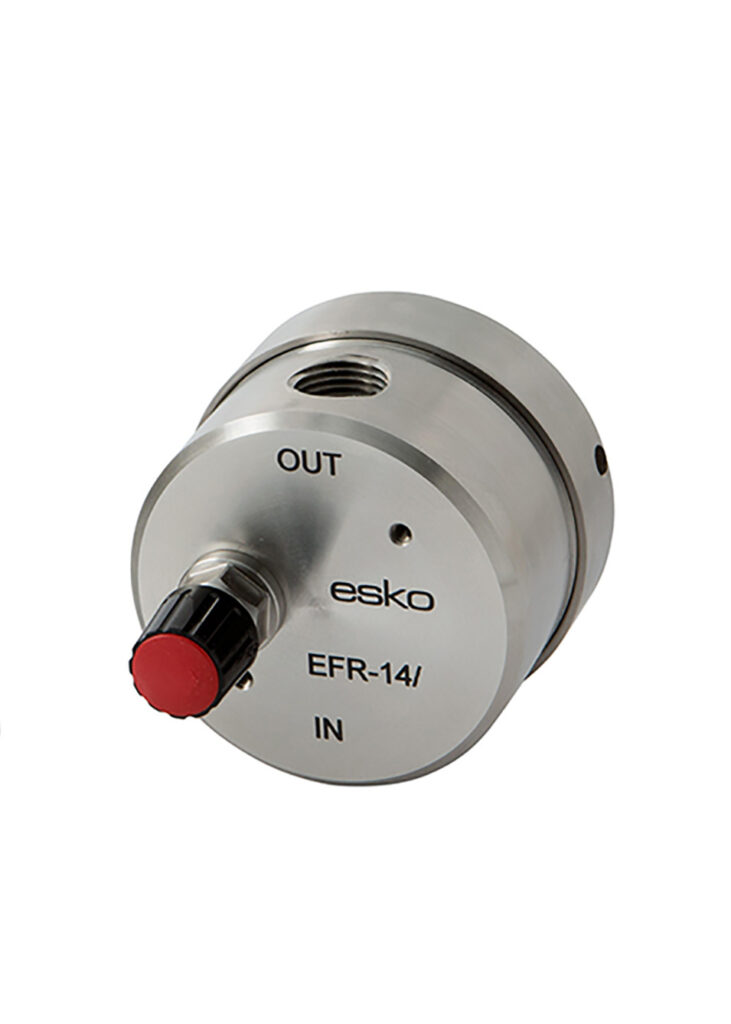
This unit is a membrane differential pressure controller with an integrated flow control valve.
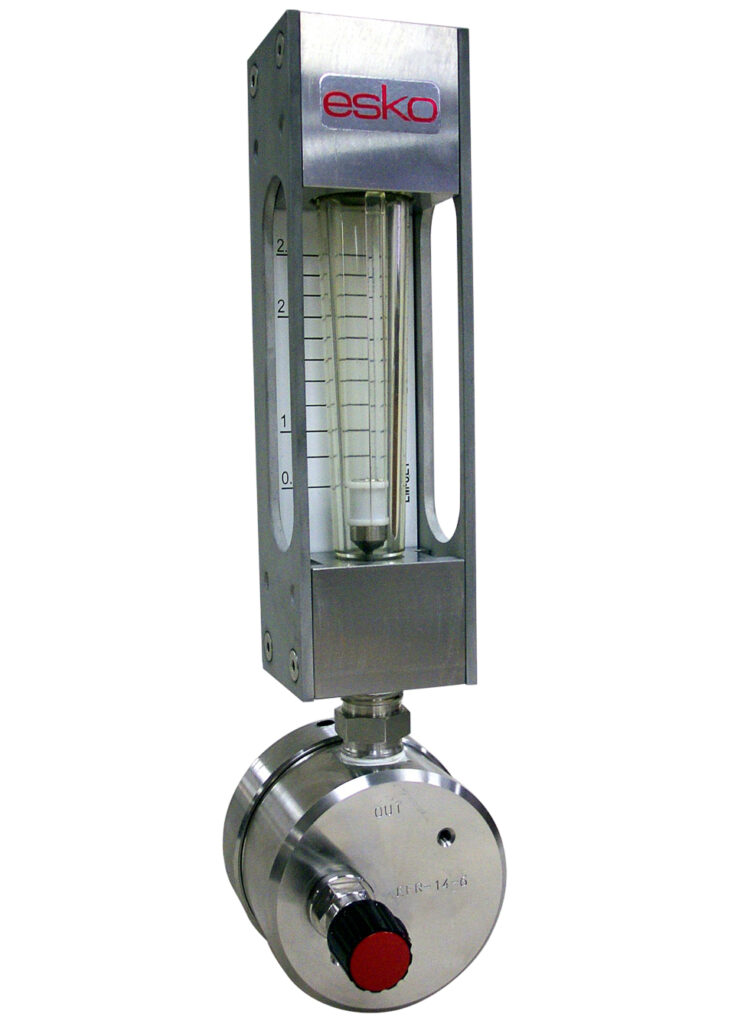
More details on Model EFR14 Constant Flow Regulators for Medium Flows

At ESKO Pacific, we’ve been working with paper mills for over 40 years, supplying variable area flow meters constructed from high-quality components. Contact us today to see how we can help keep your mill running smoothly with tried-and-true technology.

